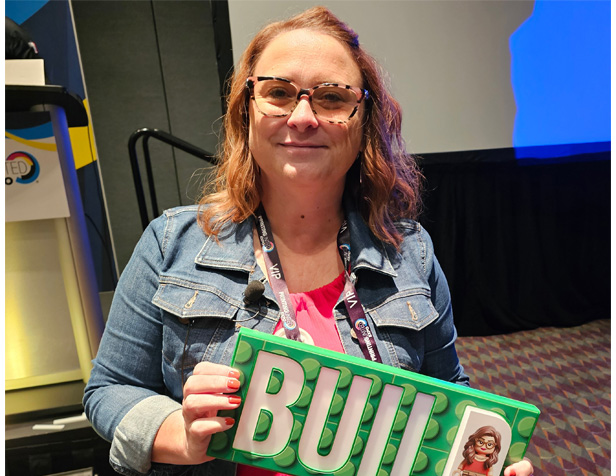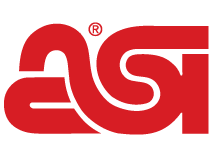Strategy October 24, 2025
PRINTING United Expo 2025: How Printers Can Diversify With Signage
Wendy Graves, partner at Make It Happen Signage Academy, shared a step-by-step approach to adding the complementary service.
Key Takeaways
• At PRINTING United Expo, Make It Happen Signage Academy Partner Wendy Graves encouraged print and promo professionals to expand into signage by starting small with simple products like yard signs and banners, then scaling to higher-value offerings such as acrylic and illuminated signs.
• Graves advised using outsourcing partners before investing in equipment, consulting closely with clients to meet their needs and exploring sustainable options like biodegradable or solar-powered signage to stay agile and competitive.
For many print service providers, the prospect of adding signage holds a lot of appeal. “It comes with a ticket that usually can have a comma in its price,” said Wendy Graves, partner at Make It Happen Signage Academy.
It can also be intimidating to the uninitiated, but using a phased growth strategy and finding great partners for outsourcing can help print and promo companies scale in the signage space, Graves said during a session at PRINTING United Expo in Orlando on Oct. 23.
“This could be an opportunity to say yes to clients,” she said. “They’re already using you for lots of other products. Why not capture that relationship and then turn them into signage relationships?”

Wendy Graves, partner at Make It Happen Signage Academy
Rather than offer the whole array of signage options at once, she suggested starting small, perhaps with yard signs – the 2024 ASI Media Product of the Year – foam board, roll-up banners or window graphics.
“Simple signage products are a quick win,” she said. “Yard signs are repeat, low-hanging fruit that you can start saying yes to.”
As you get comfortable with those types of signage products, you can start to add layers, perhaps incorporating acrylic lettering to flat vinyl signage, she suggests. “Acrylic tends to bring a higher price point because the letters look and feel fancier, and people are willing to invest in that a little more than if you’re just applying vinyl to a wall,” Graves said.
Another avenue to consider is lit signage, using channel letters or cabinet signage. “This is not going to be an economical option – it’s more of a premium,” she said.
As you work with clients, be sure to consult closely with them to determine their exact needs. For instance, if they’re renting a building, applying dimensional lettering directly to a painted wall could cause problems when they have to vacate the space. And if they’re interested in illuminated signage, it’s important to find out where the power source for the lighting will be. “It’s not about questioning the client’s request, it’s about helping them,” Graves said.
She also advised printers to get familiar with sustainable signage products, noting that many manufacturers are now offering biodegradable signage material that could be a good offering for the right client. There are solar-powered sidewalk signs available that have been a hit with healthcare and education clients – as well as with parking lot systems, she said, because those clients are often looking for lit signage to direct traffic but don’t necessarily have a readily available power source.
Before investing in new equipment, Graves suggests outsourcing signage work to trusted partners. Print and promo pros can even request a tour of the partner’s facility to better understand the process. “Most wholesale sign companies will welcome you in because they want that partner,” she said. “You are their salesperson.”
If you’ve been thinking about adding signage to your offerings, Graves said, just take the plunge, but start small and stay agile.
“You have to be moving and shaking all the time in our industry,” she said.
